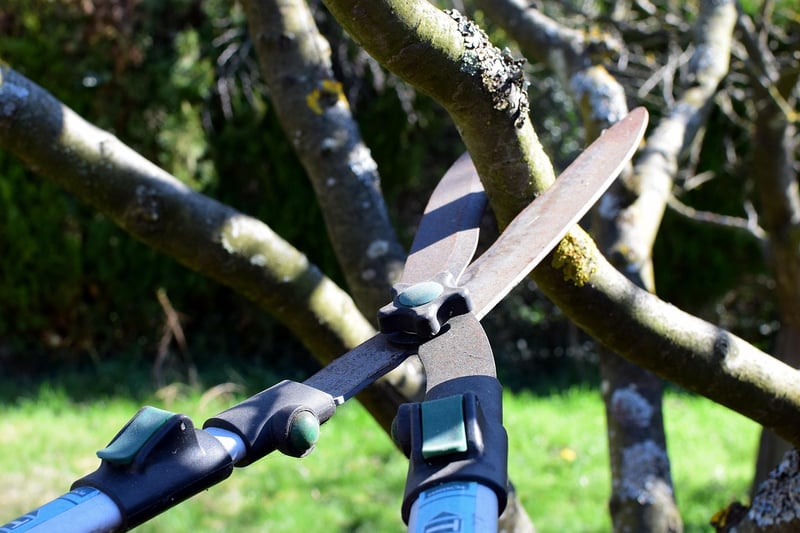Pruning Techniques
Guide to Nurturing Plants and Pruning Techniques
Nurturing Plants
Nurturing plants is a rewarding and enjoyable activity that requires care and attention. Here are some essential tips to help your plants thrive:
1. Watering
Ensure your plants receive adequate water based on their specific needs. Overwatering can lead to root rot, while underwatering can cause wilting and stunted growth.
2. Sunlight
Place your plants in locations that receive the appropriate amount of sunlight. Some plants thrive in direct sunlight, while others prefer partial shade.
3. Soil and Fertilizer
Use high-quality soil that provides essential nutrients for plant growth. Additionally, consider fertilizing your plants regularly to promote healthy development.
4. Pruning
Regularly remove dead or damaged leaves and stems to encourage new growth and maintain plant health. Proper pruning techniques are crucial for the overall well-being of your plants.
Pruning Techniques
Pruning is a vital aspect of plant care that involves the selective removal of specific parts of a plant to promote growth and shape. Here are some common pruning techniques:
1. Deadheading
Deadheading involves removing spent flowers to encourage the growth of new blooms and maintain the plant's appearance.
2. Thinning
Thinning is the removal of excess branches or stems to improve air circulation, sunlight penetration, and overall plant health.
3. Heading Back
Heading back entails cutting back the tips of branches to promote bushier growth and prevent legginess in plants.
4. Rejuvenation Pruning
Rejuvenation pruning involves cutting back overgrown or neglected plants to stimulate new growth and restore their health and vitality.
By mastering these nurturing and pruning techniques, you can ensure the optimal growth and health of your plants, creating a beautiful and thriving garden.

For more detailed information on plant care and pruning, check out Royal Horticultural Society.
